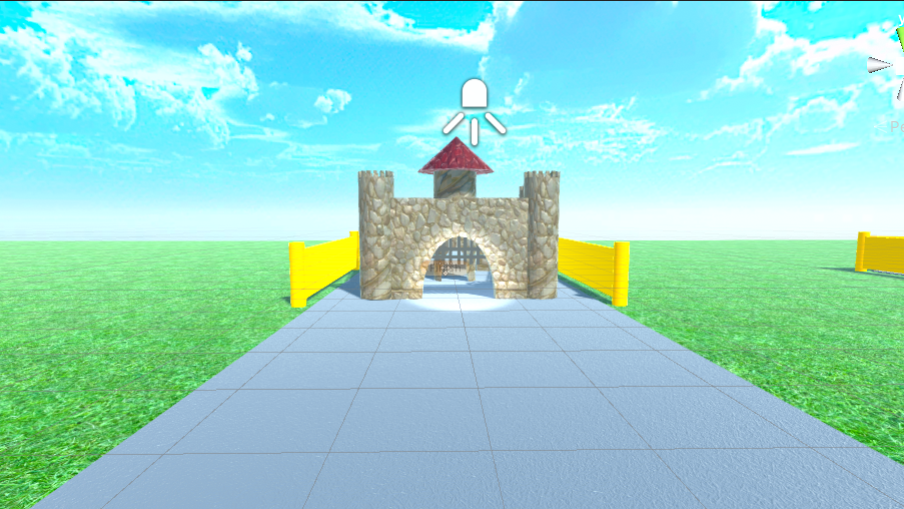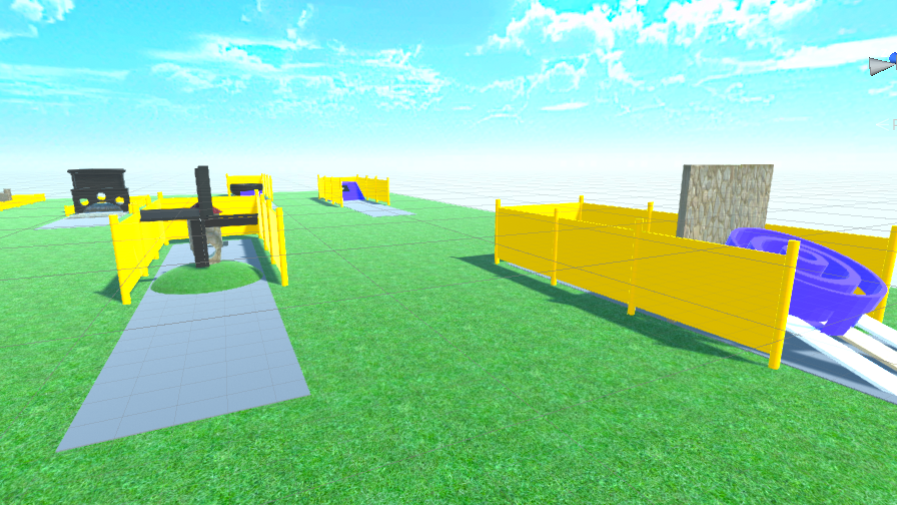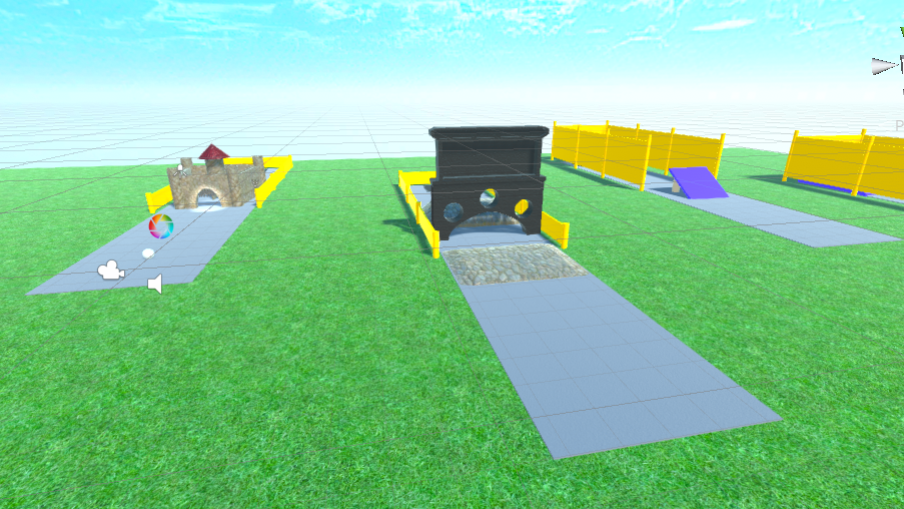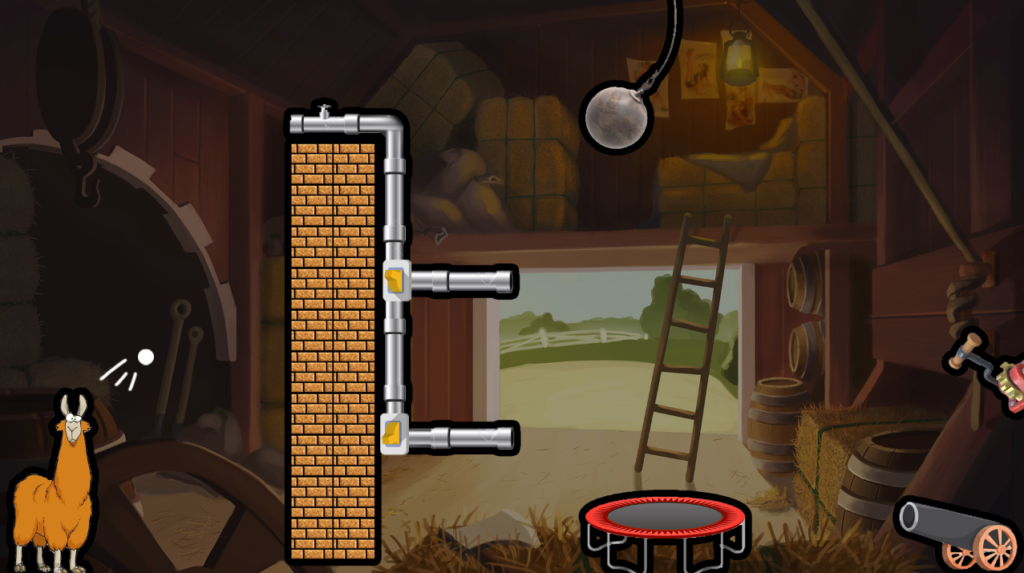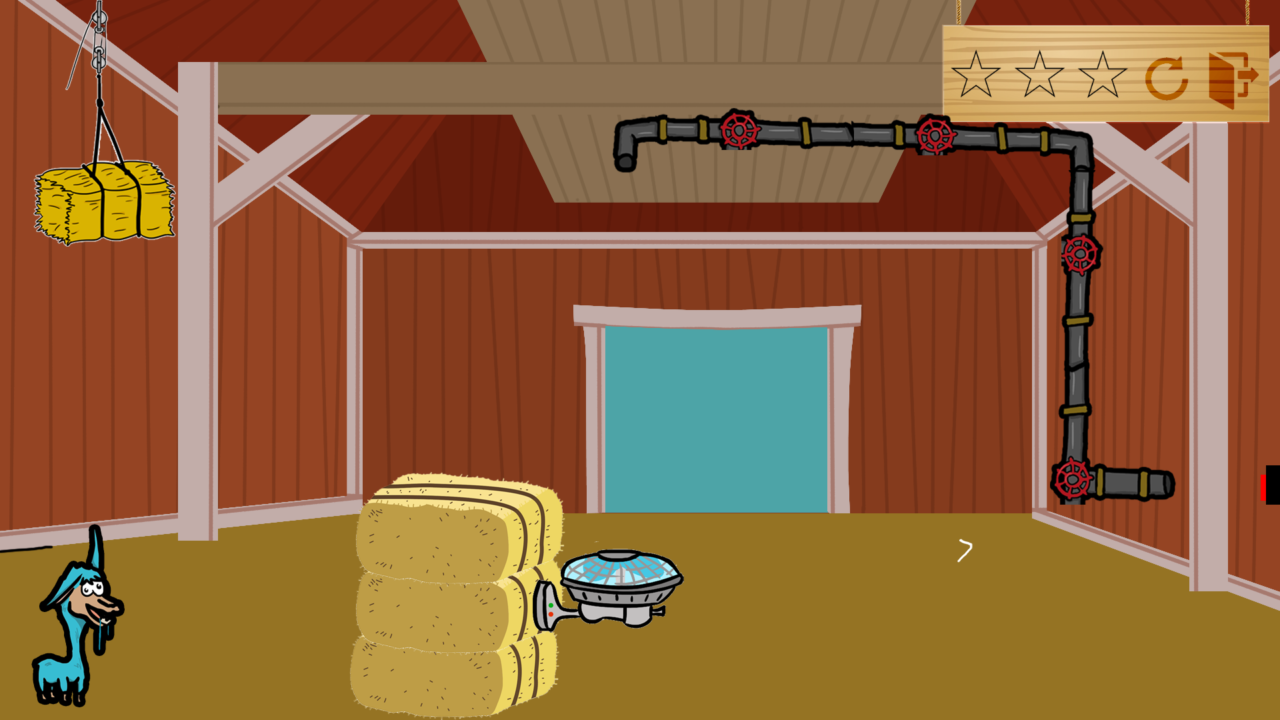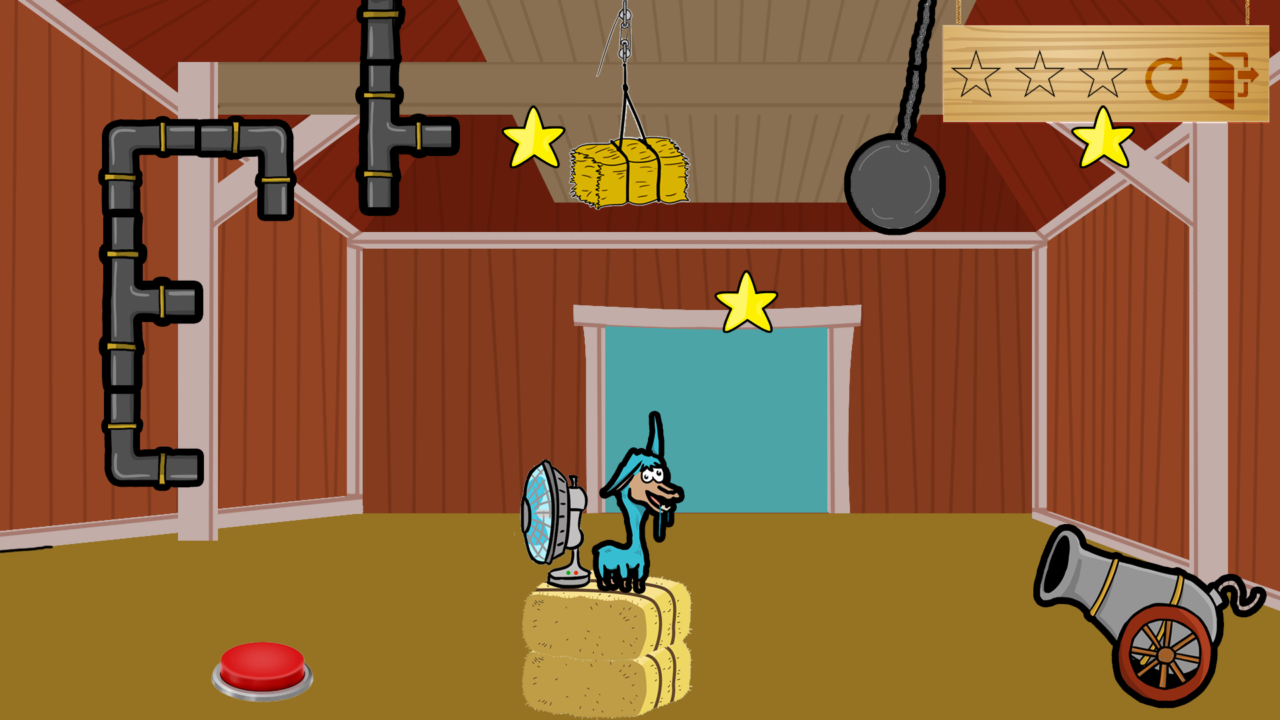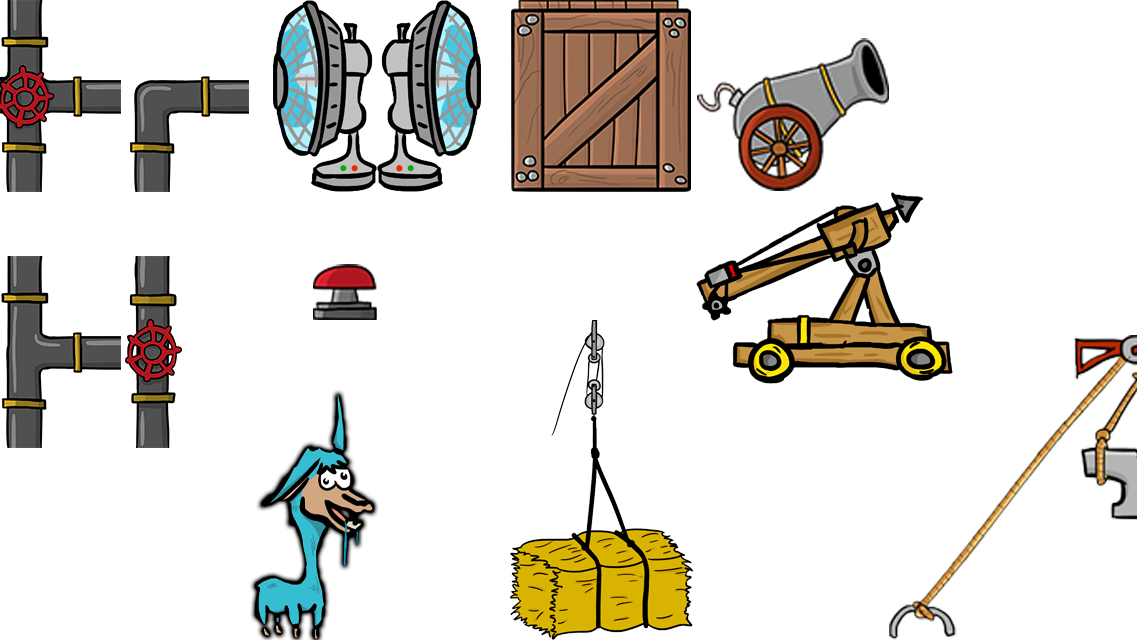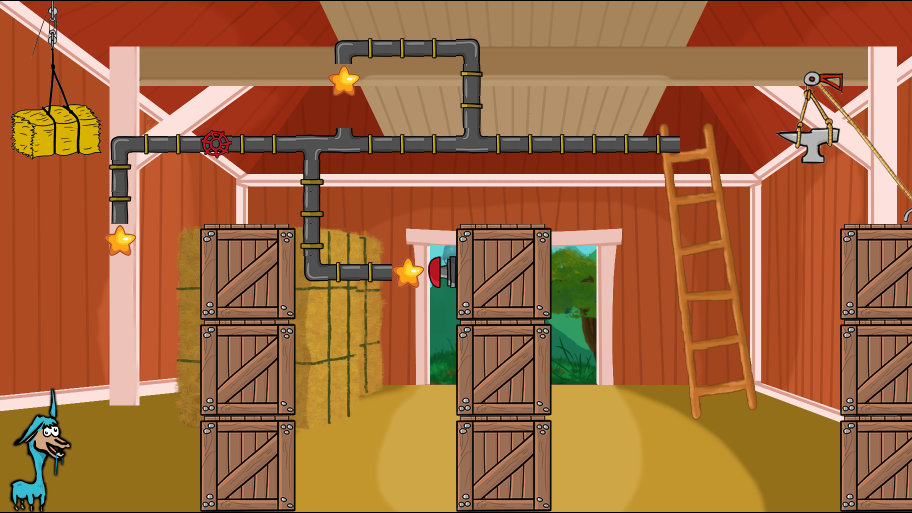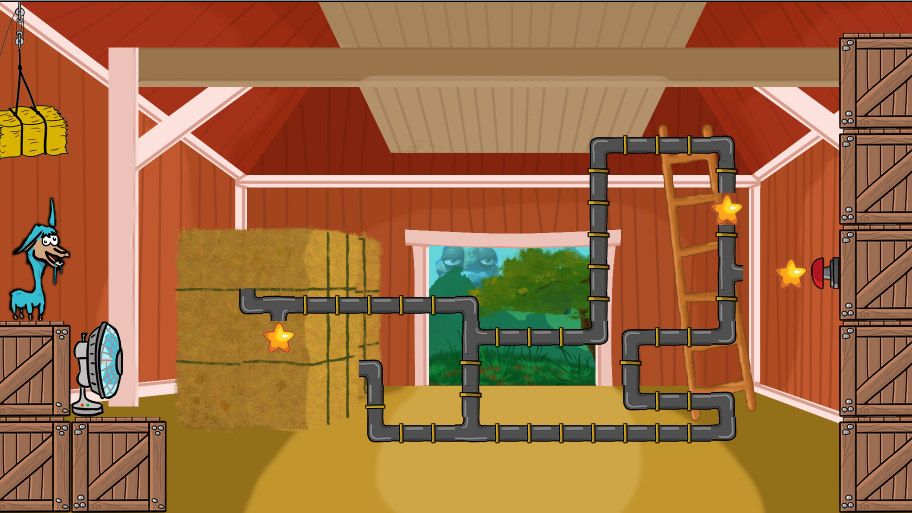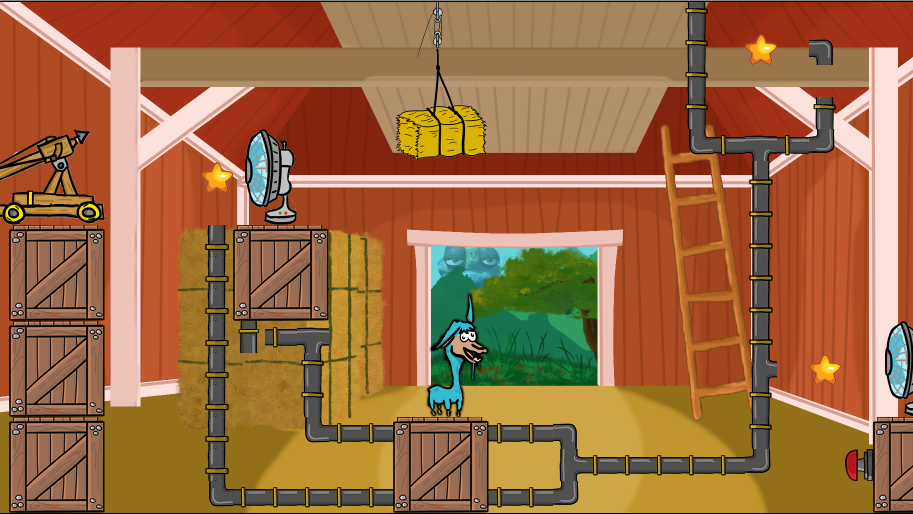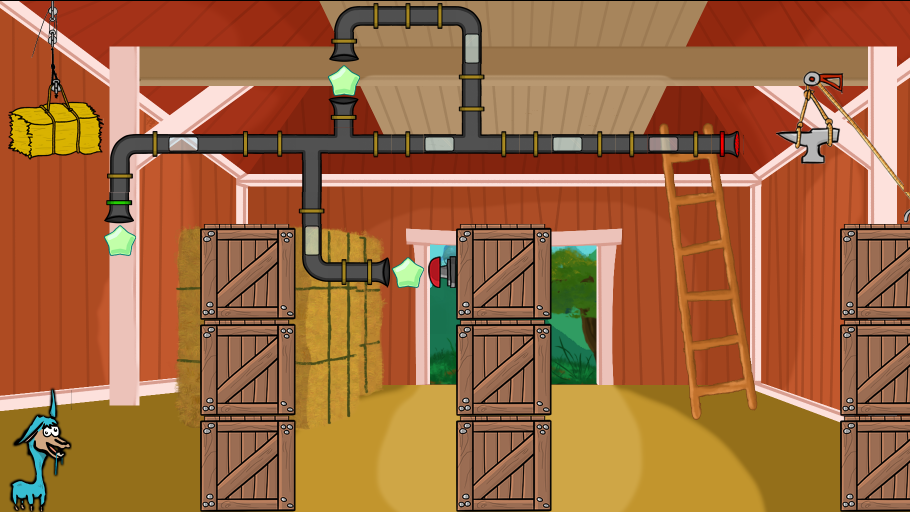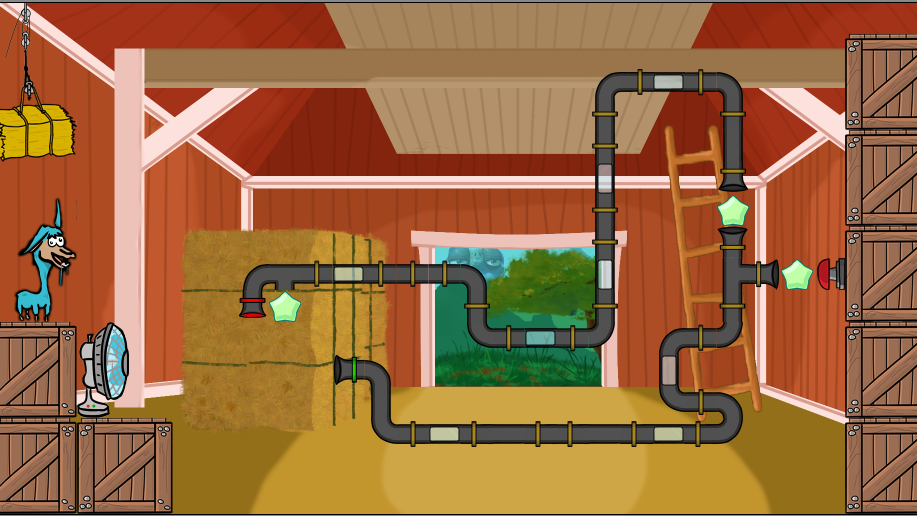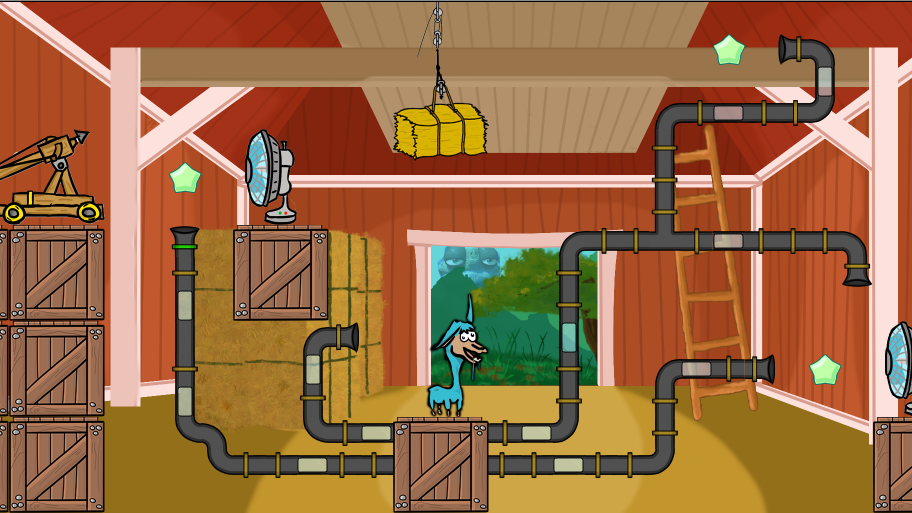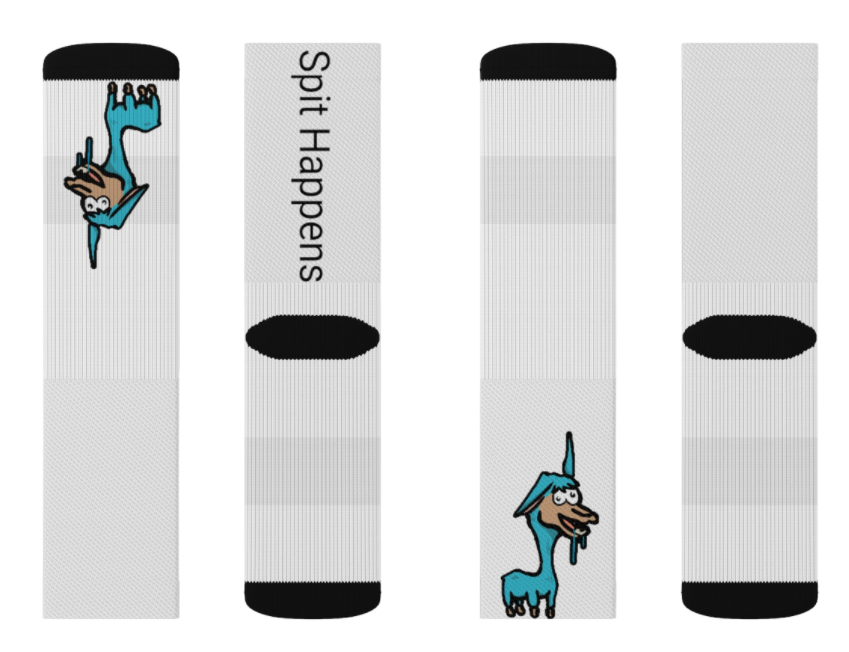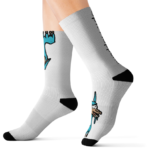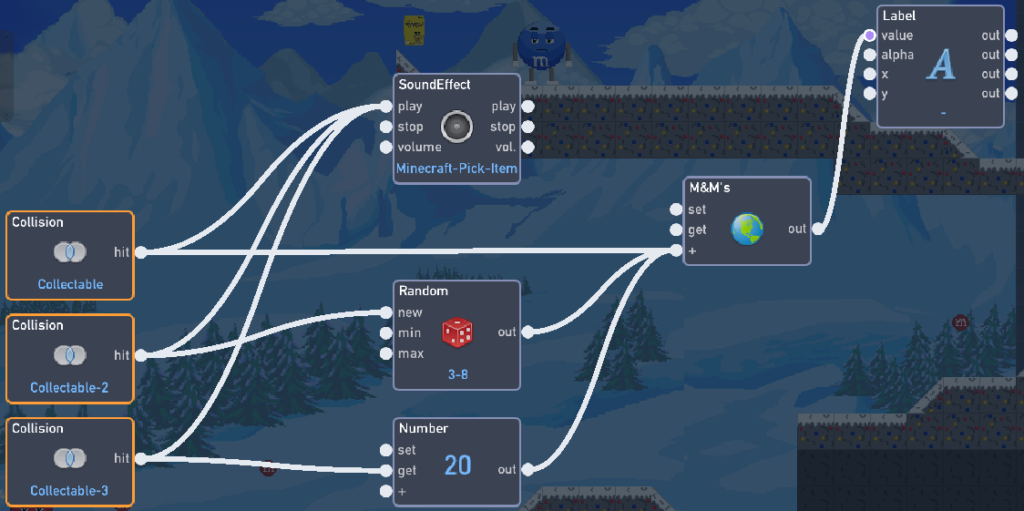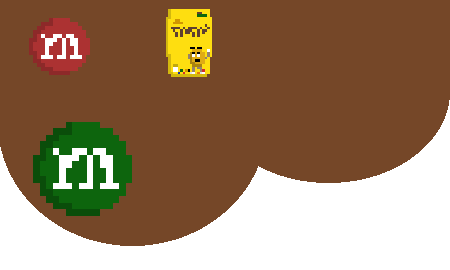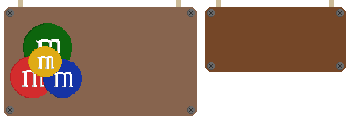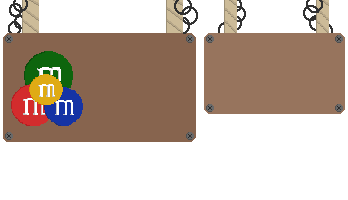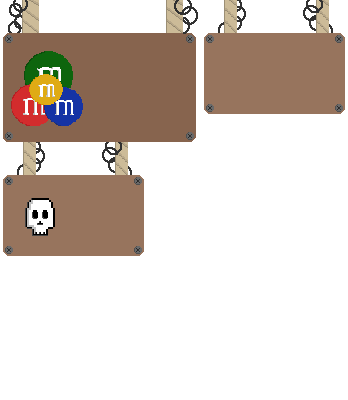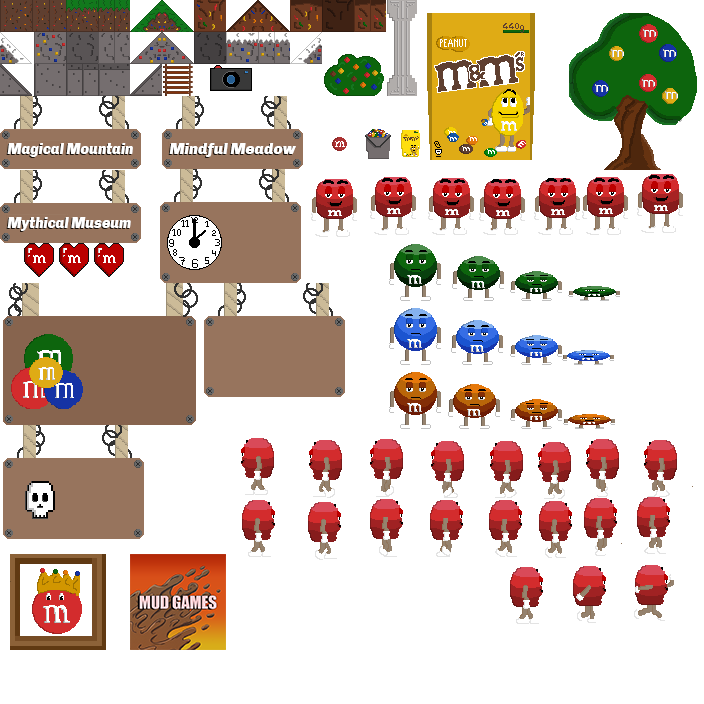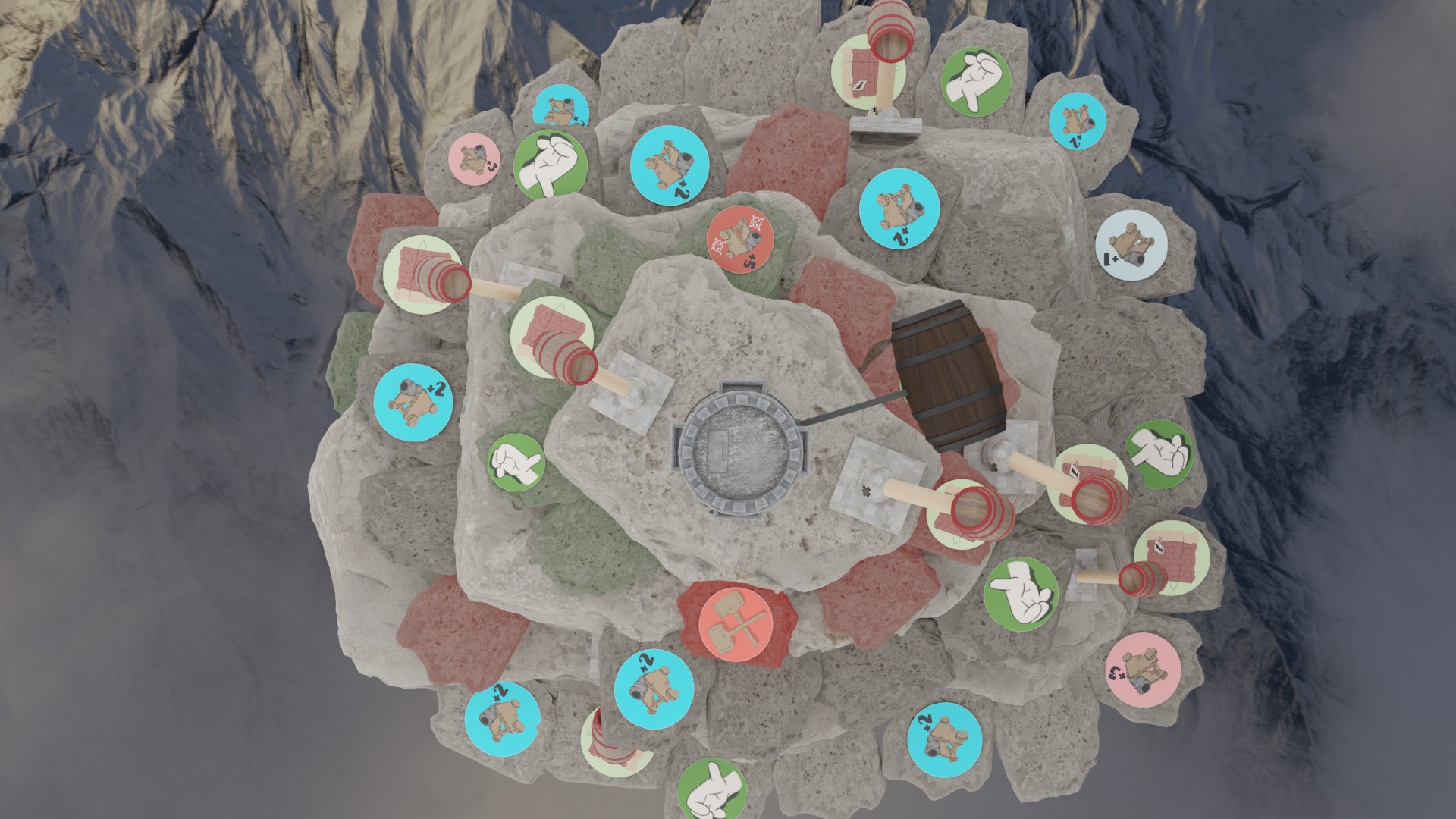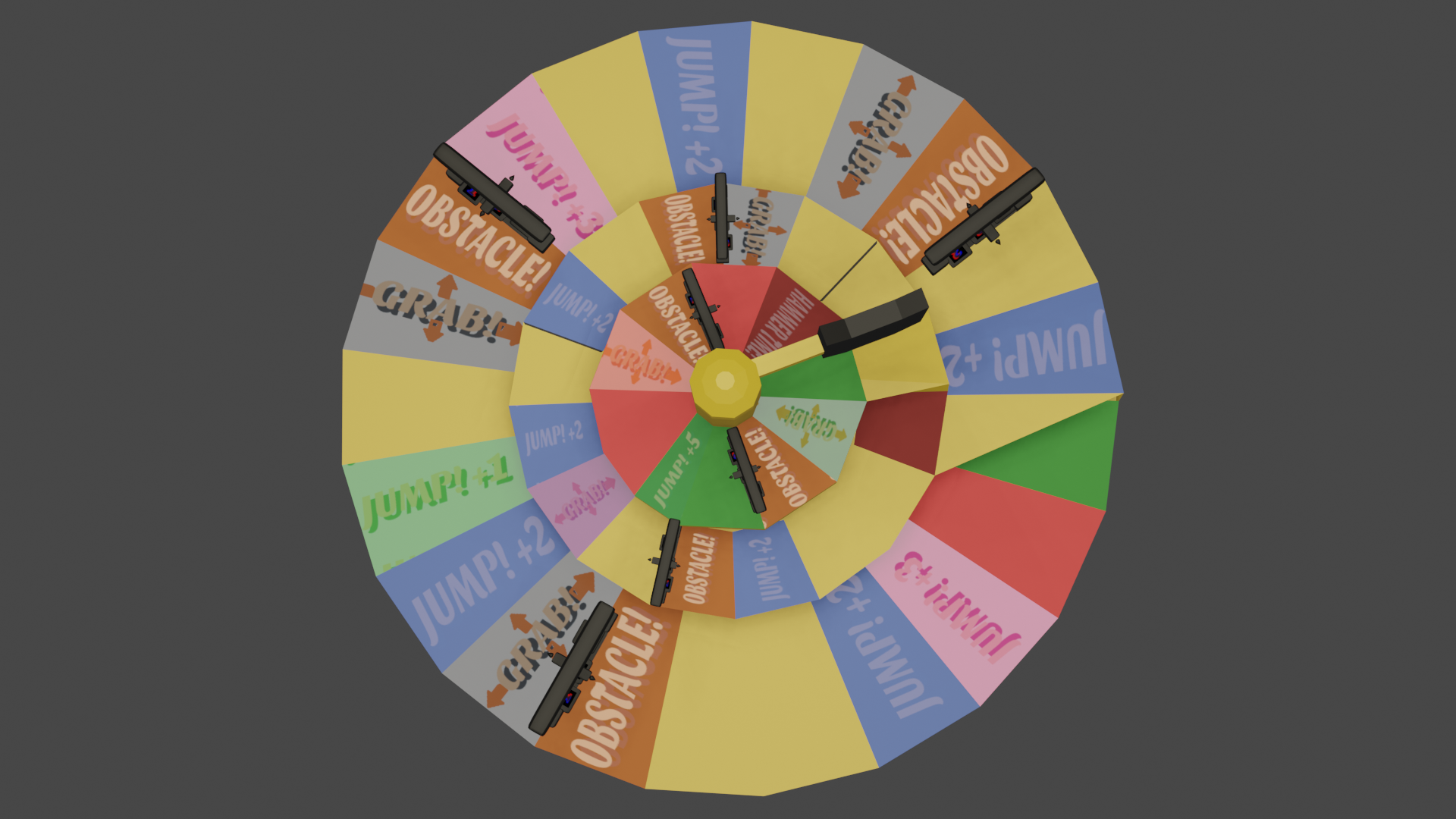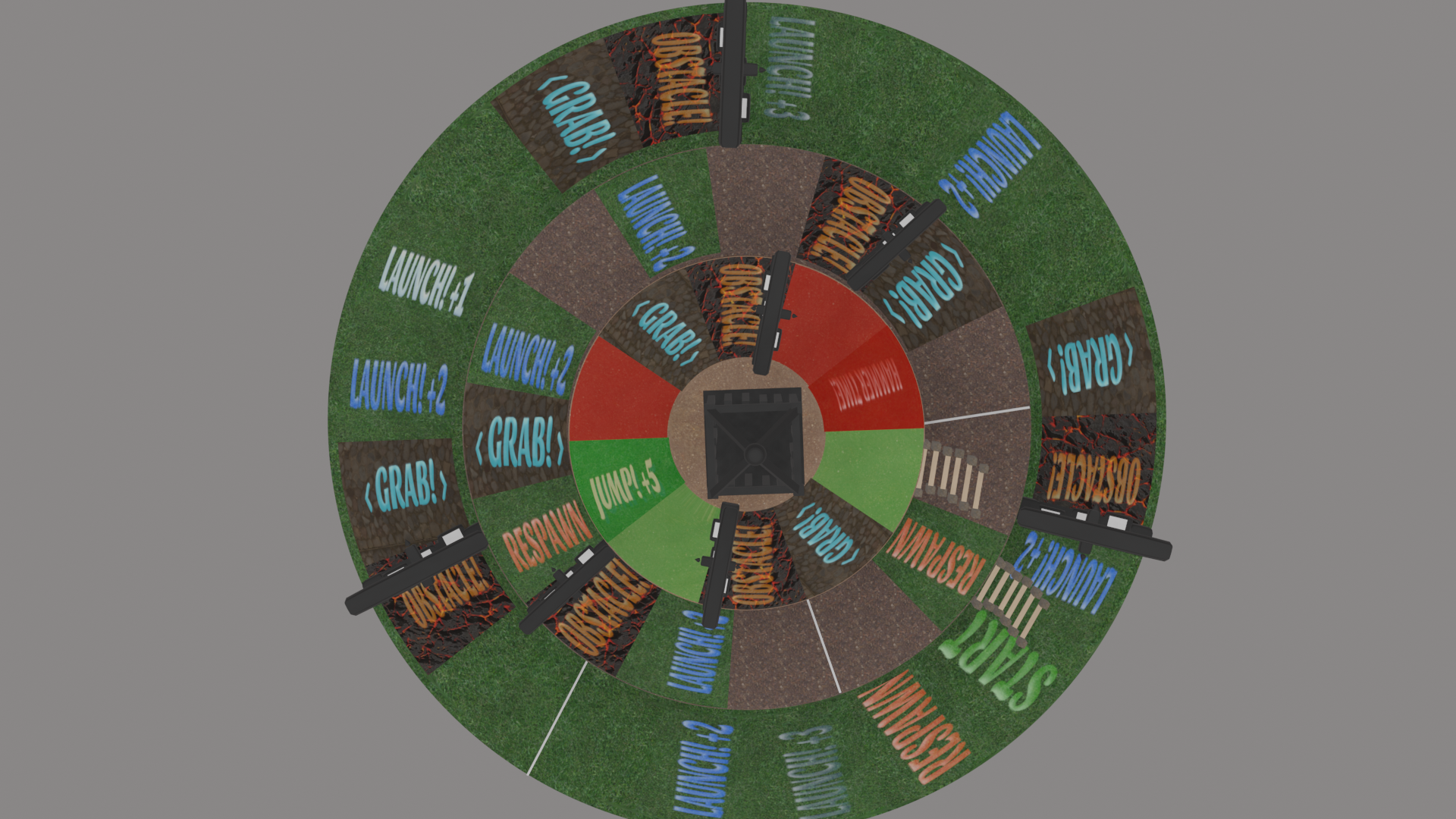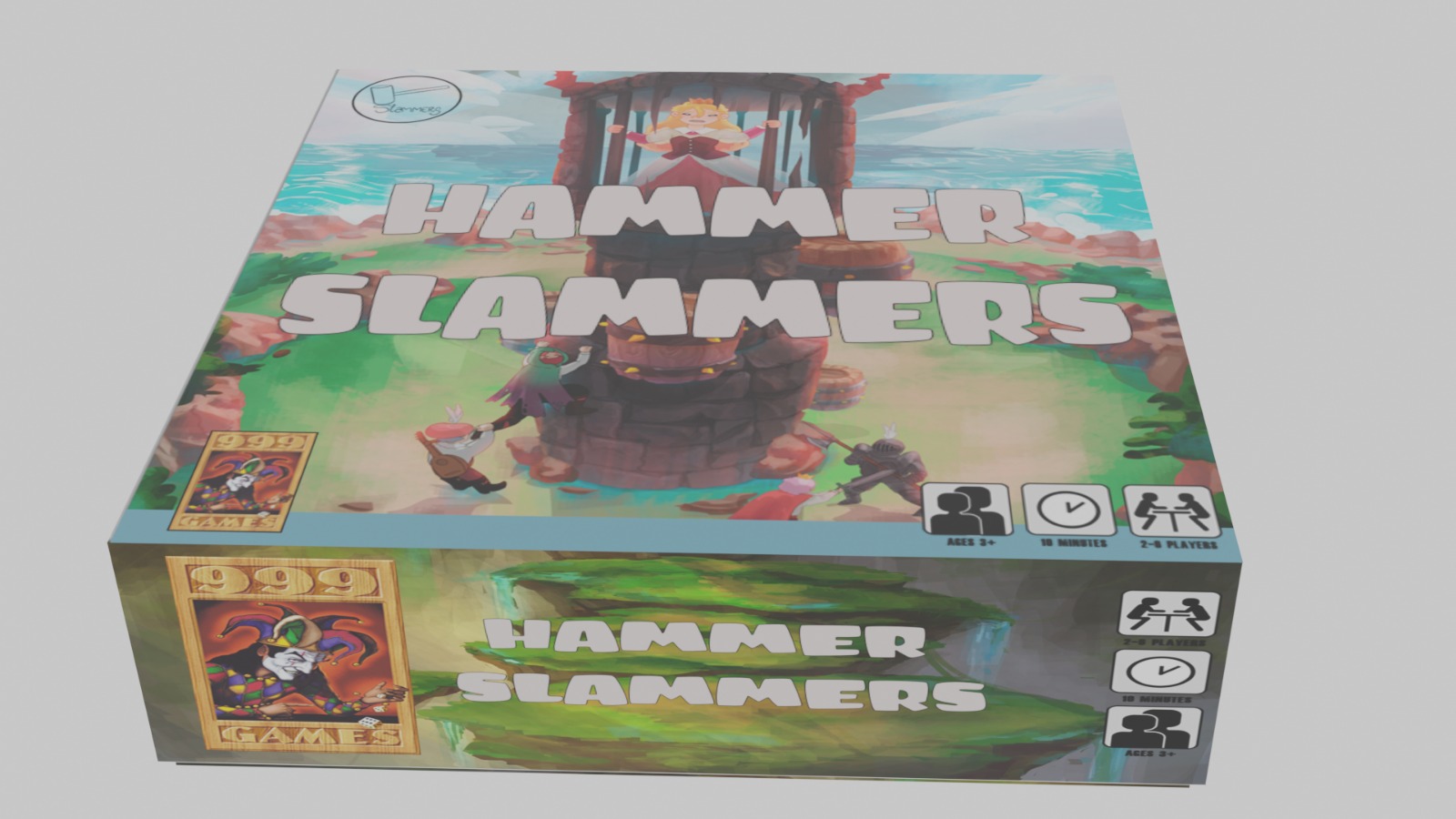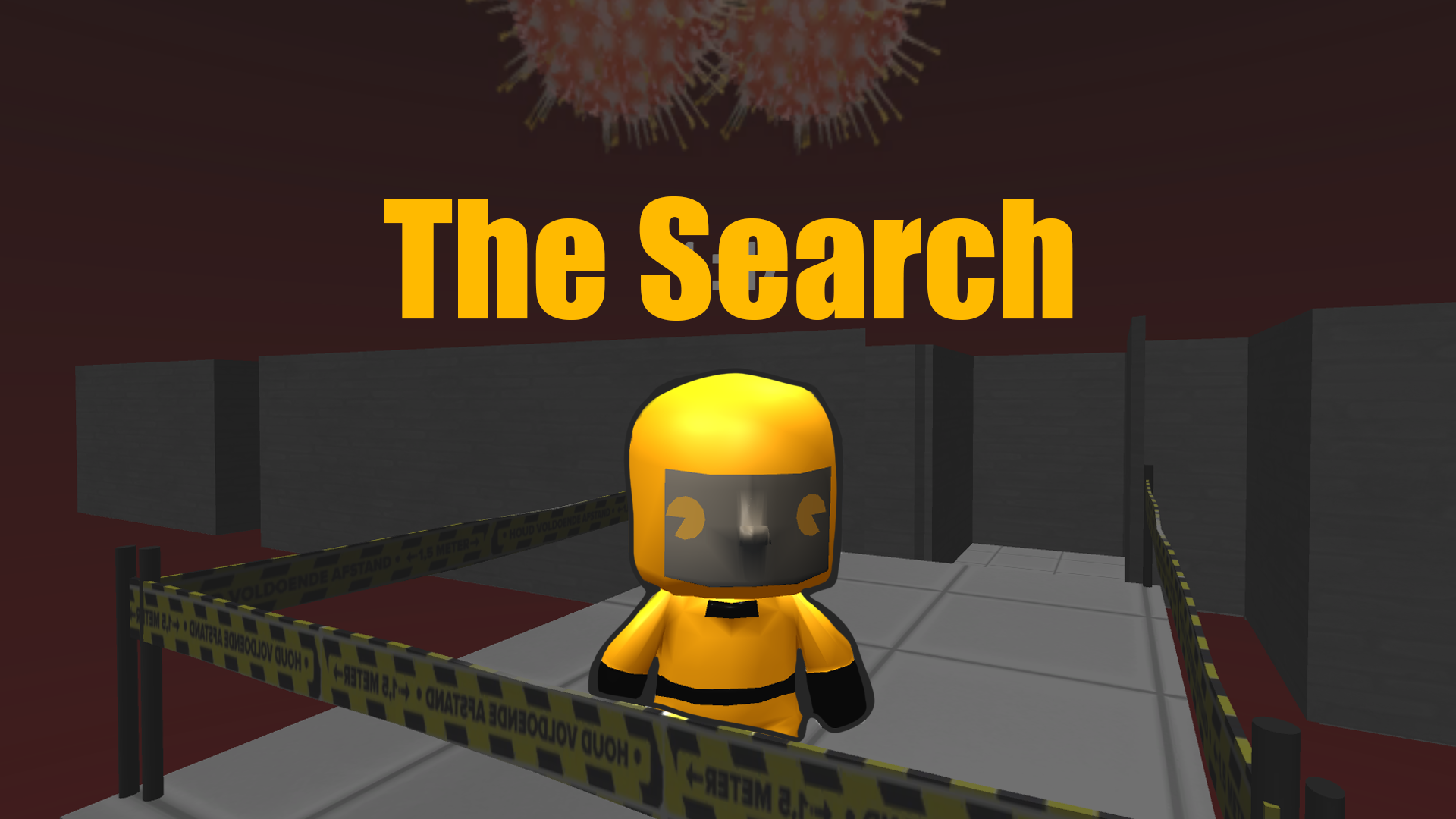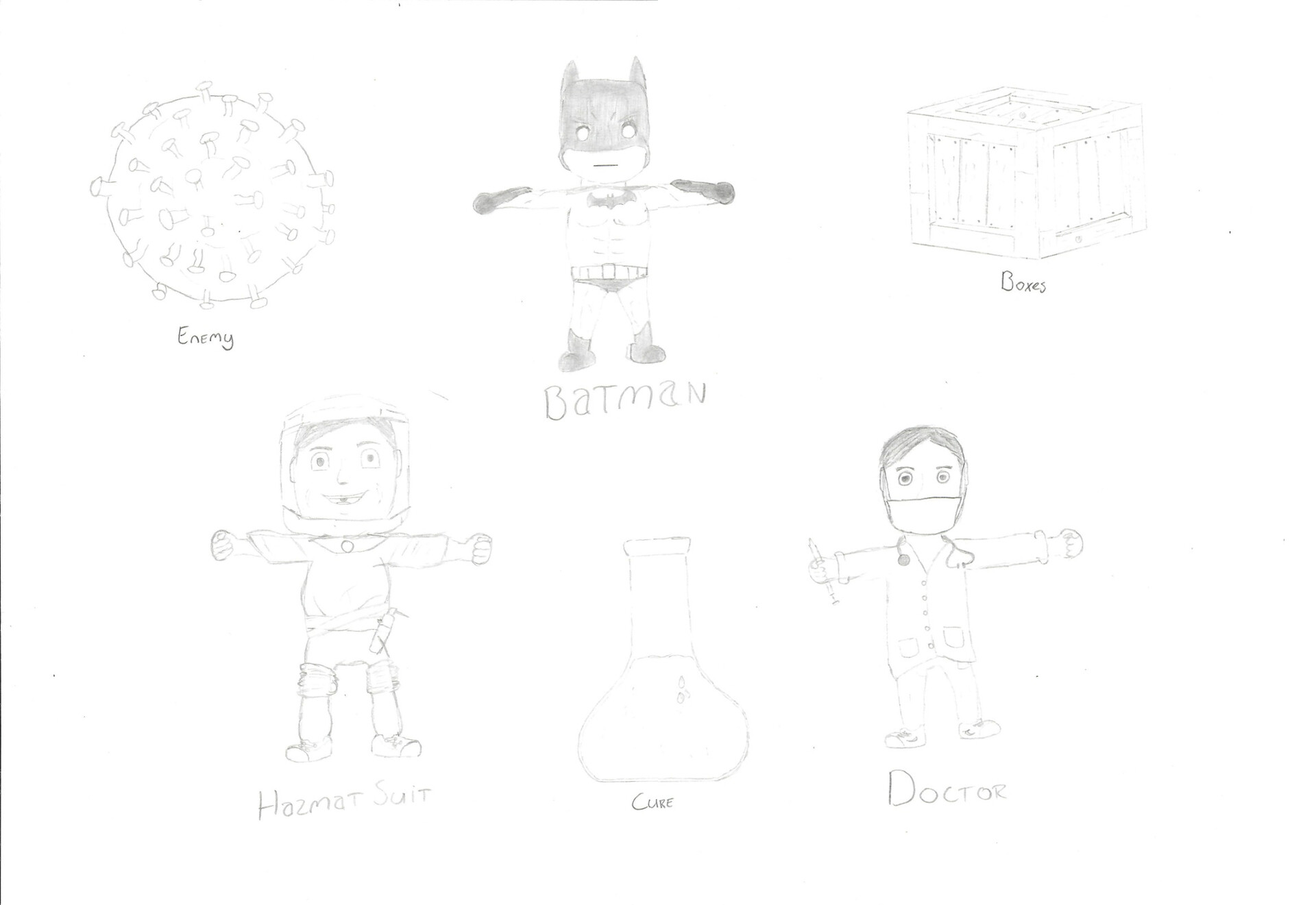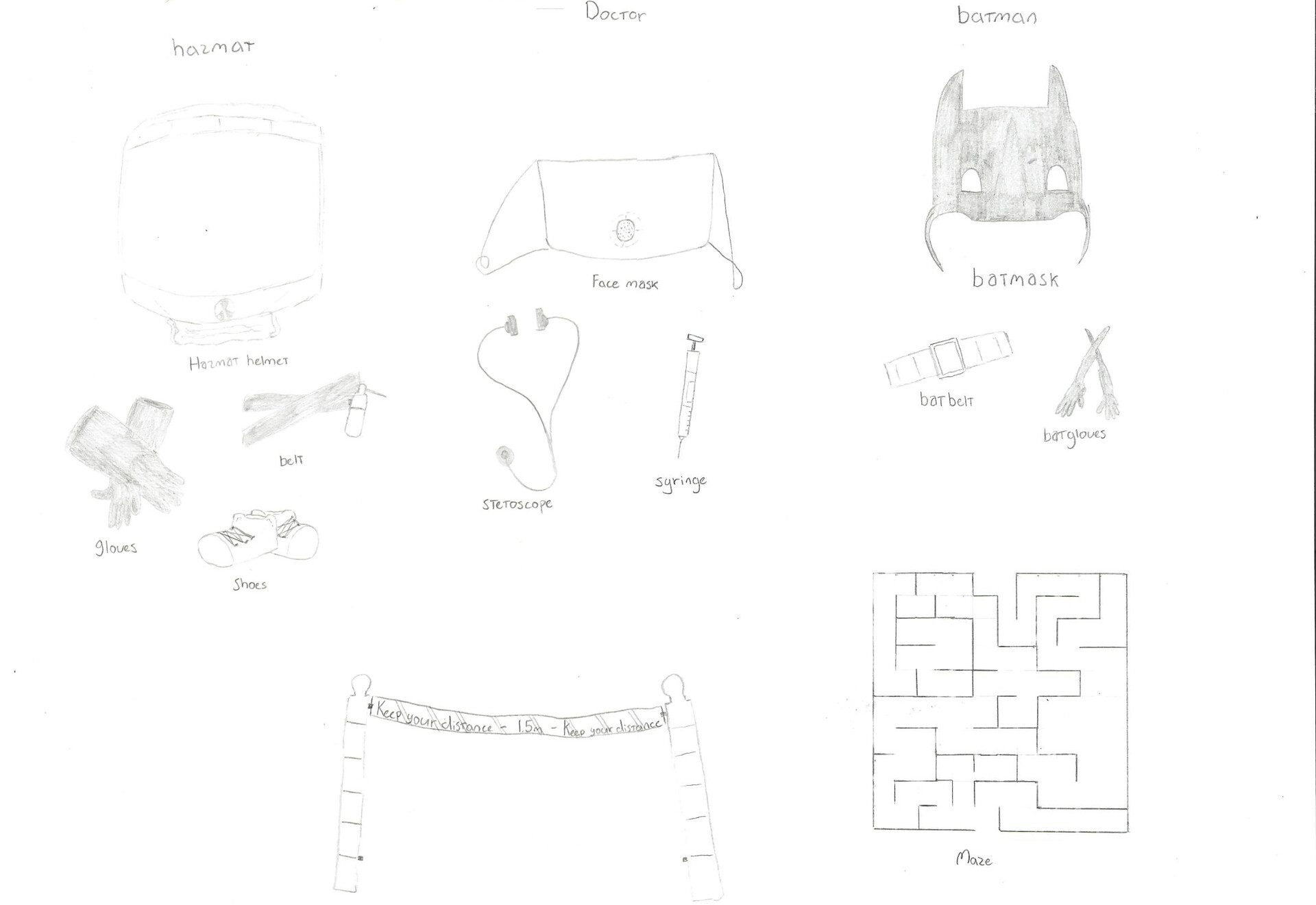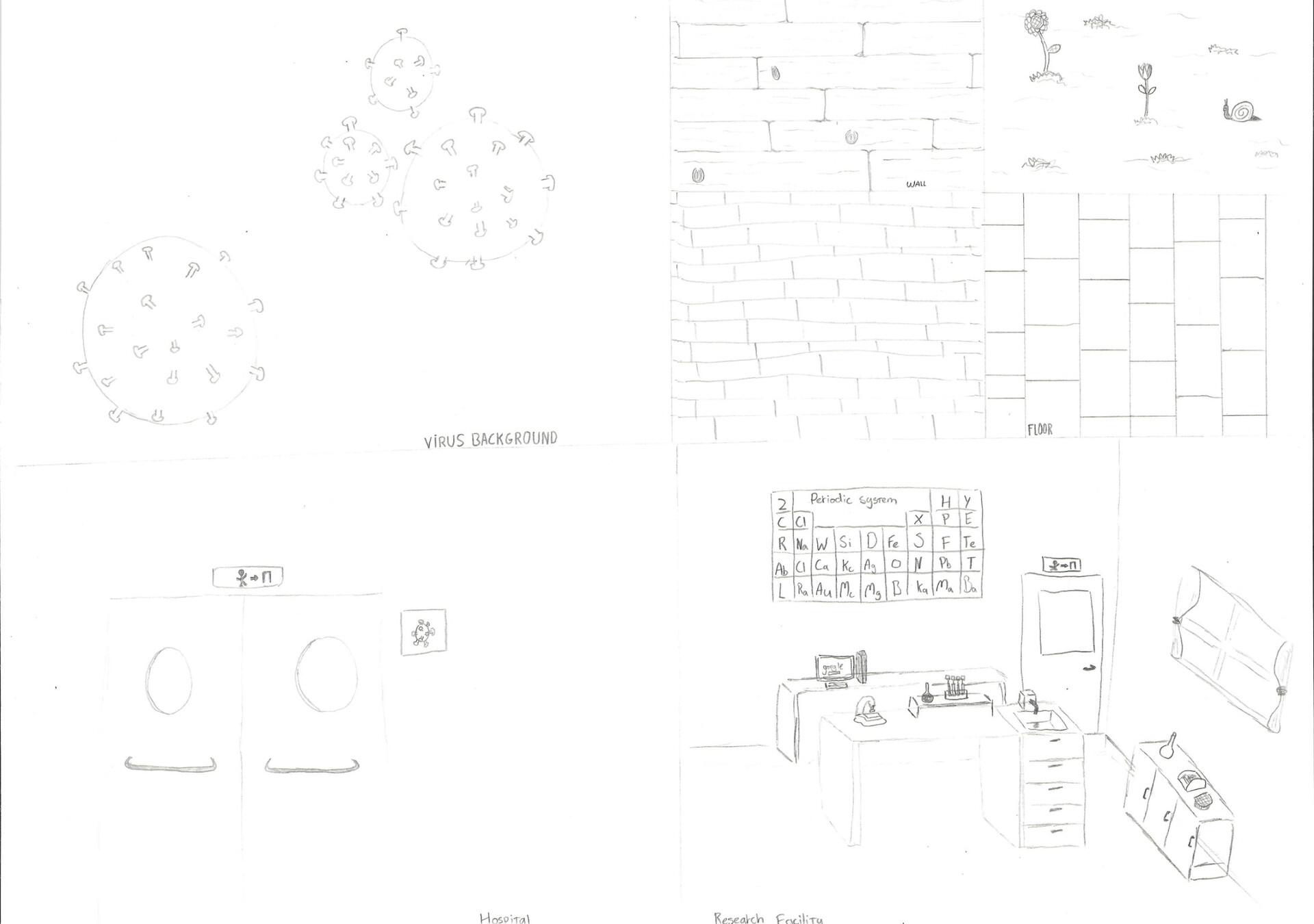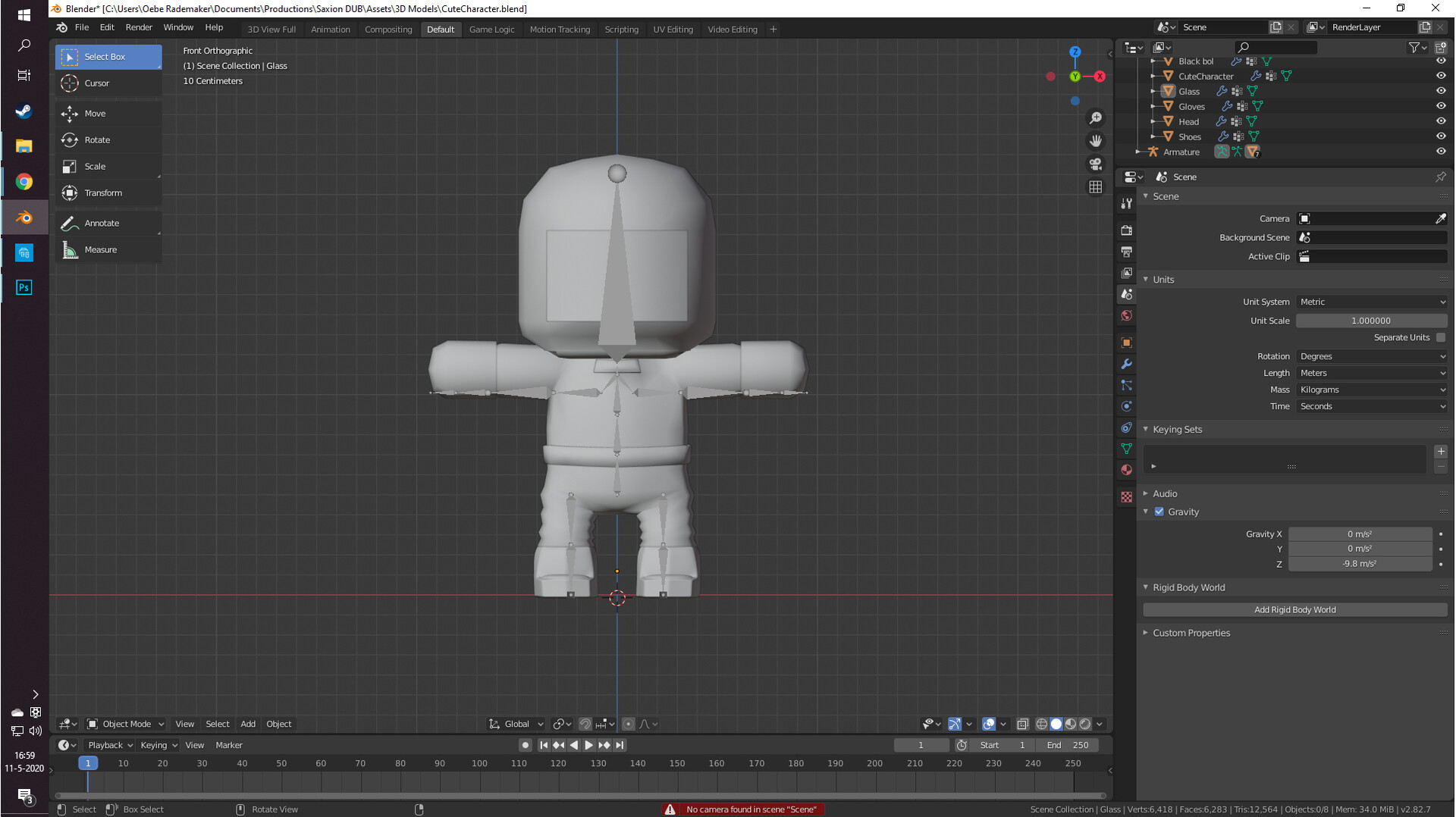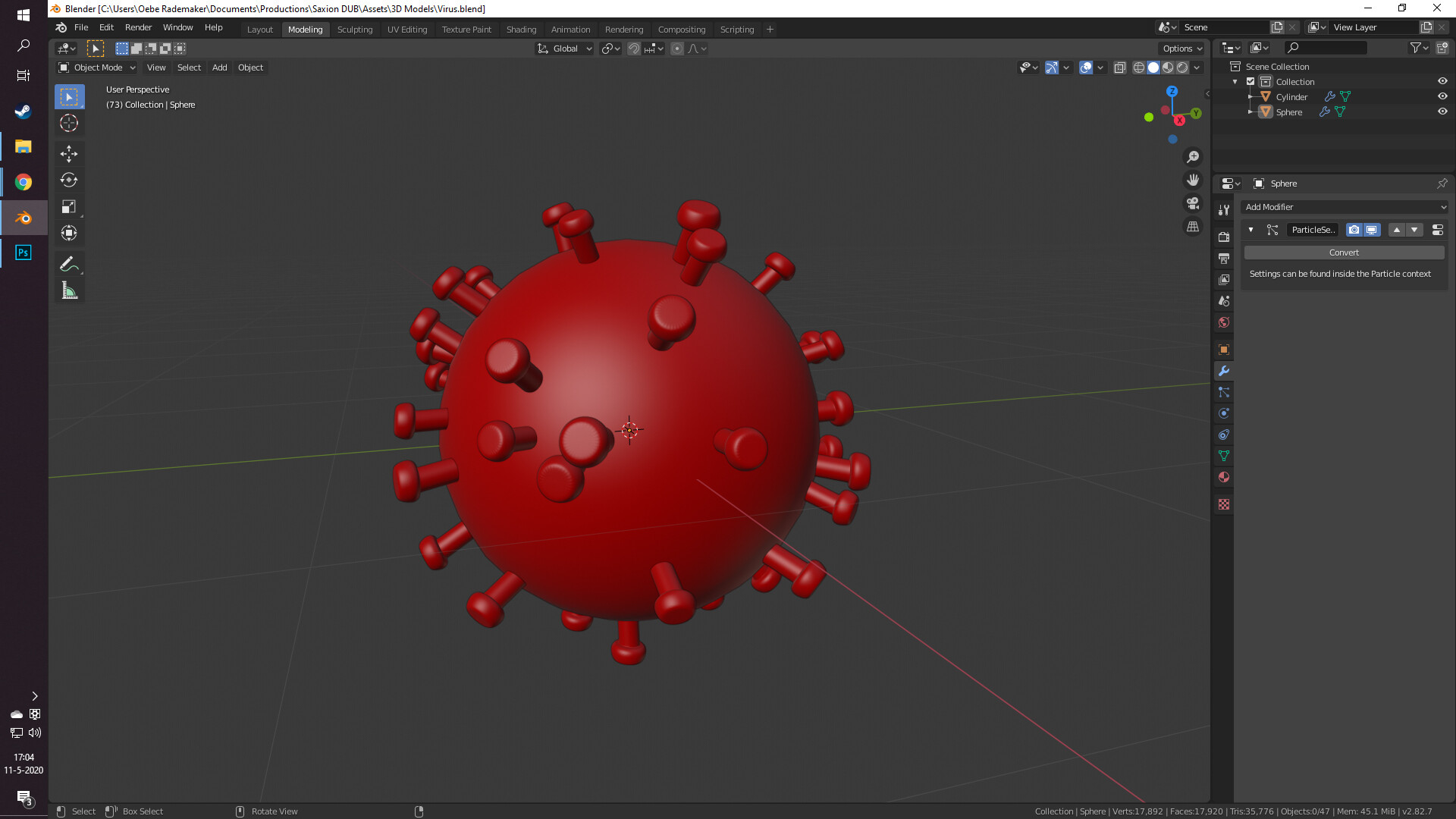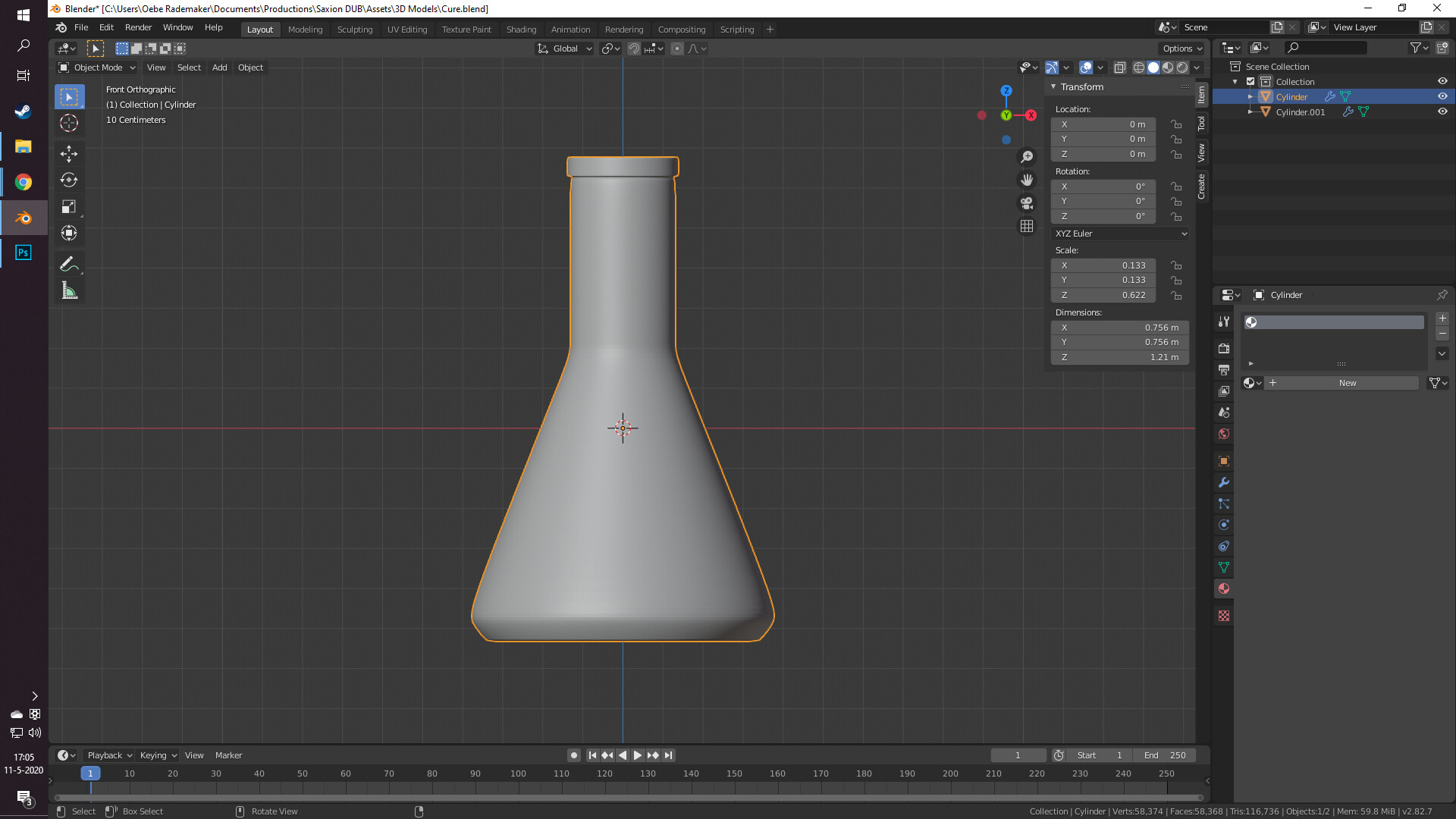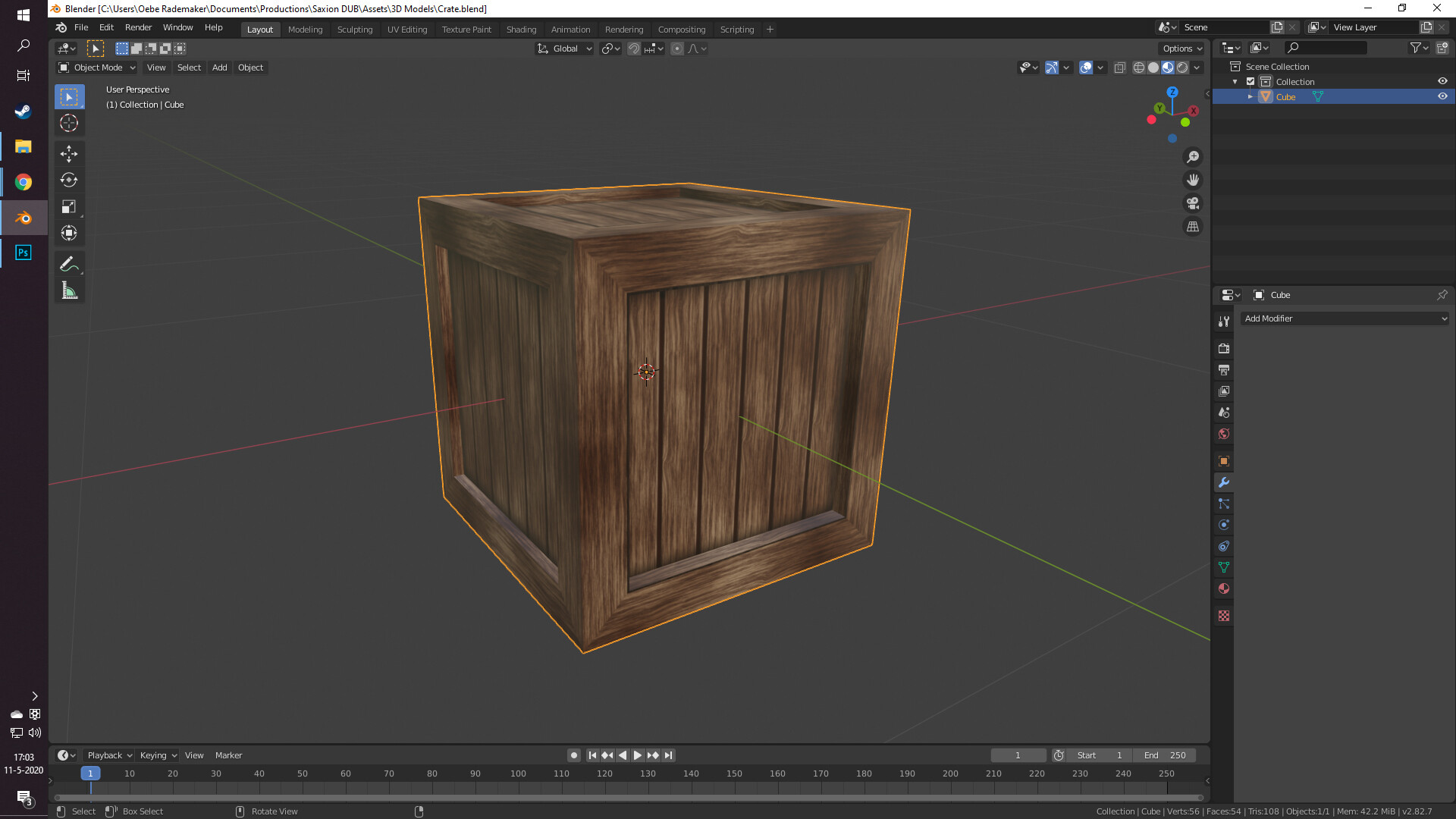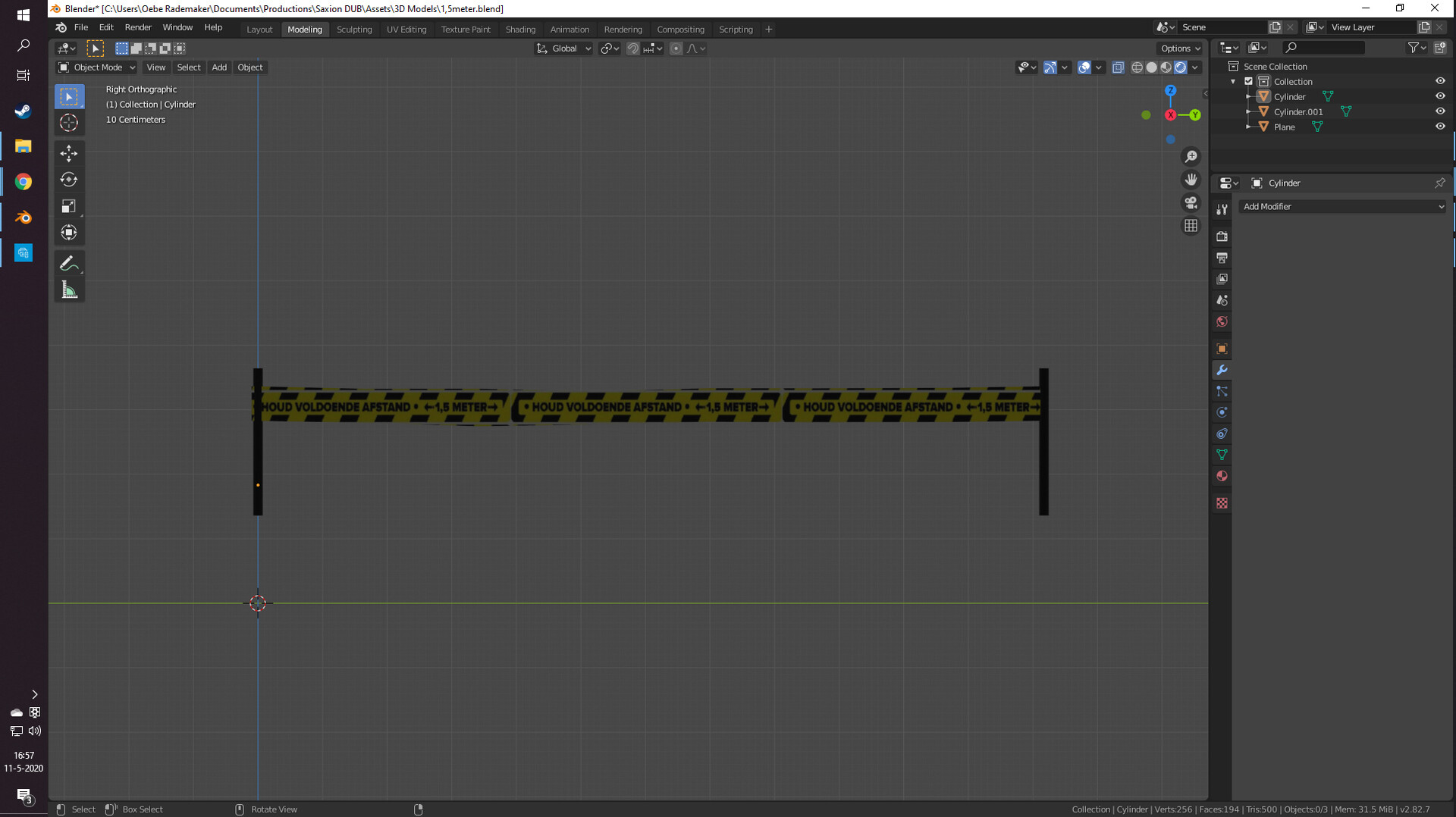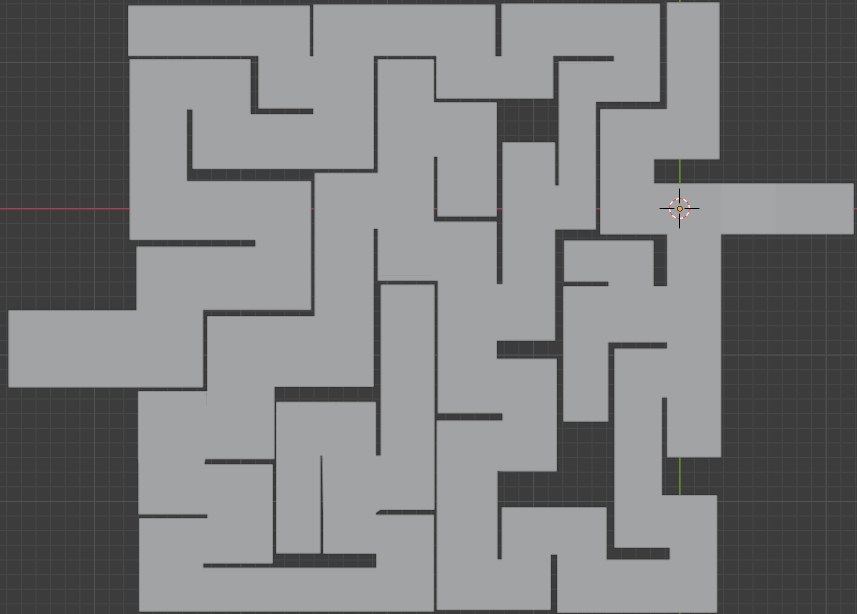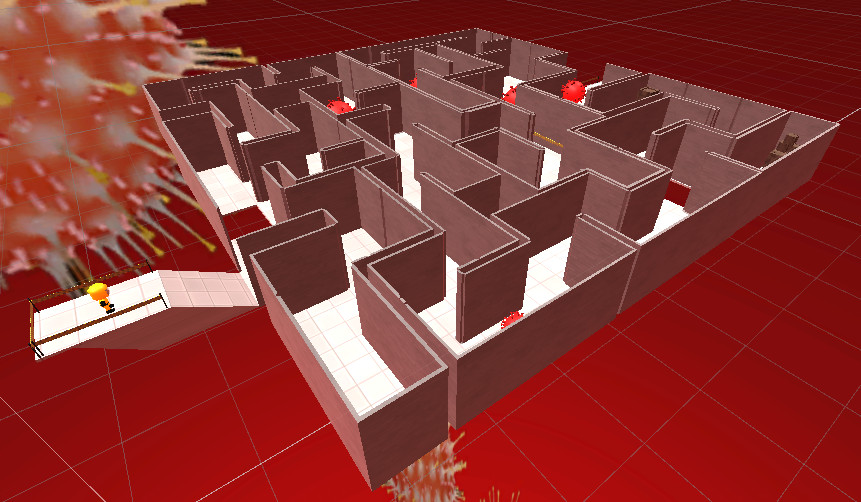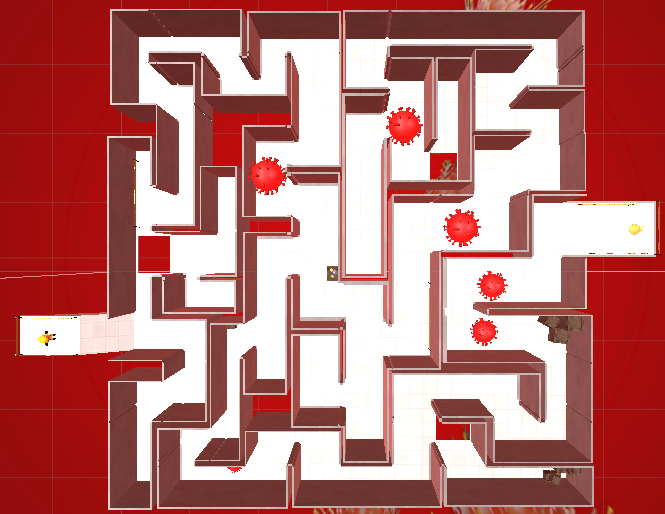This game was created during a semester-long project in which I led the project and contributed with design and programming.
Eggsplosion is now on Steam! You can click the button down below to add the game to your library!
I have taken the lead role in this project since it started but even more so when we decided to put it up on Steam. Since then I have worked on the following things:
- UI/UX programming and implementation
- In-game pause menu
- Options screen
- Leaderboard UI handling
- Various smaller improvements
- Content creation
- Gameplay trailer
- Short video content (Tiktok, Instagram, Youtube shorts)
- General social media (previous + Reddit, Twitter(X))
- Steam
- Store page
- Game builds
- Announcements
- Steam Features
- Steam Input
- Steam Cloud
- Project lead (and lead designer)
- Keeping things on track
- Managing a trello board
- Version control
- Communication with team
- To-go for any issue
- Game design
Now about the game, Eggsplosion is a local multiplayer fighting/party game in which you play as a chicken against chickens.
The gameplay is quick and short but a lot of fun. There are different powerups spawning around the various maps that can change your projectile type or give your character certain boosts.
Down below I will go into further detail regarding the design process and UI/UX and level design implementation.
The game/level design
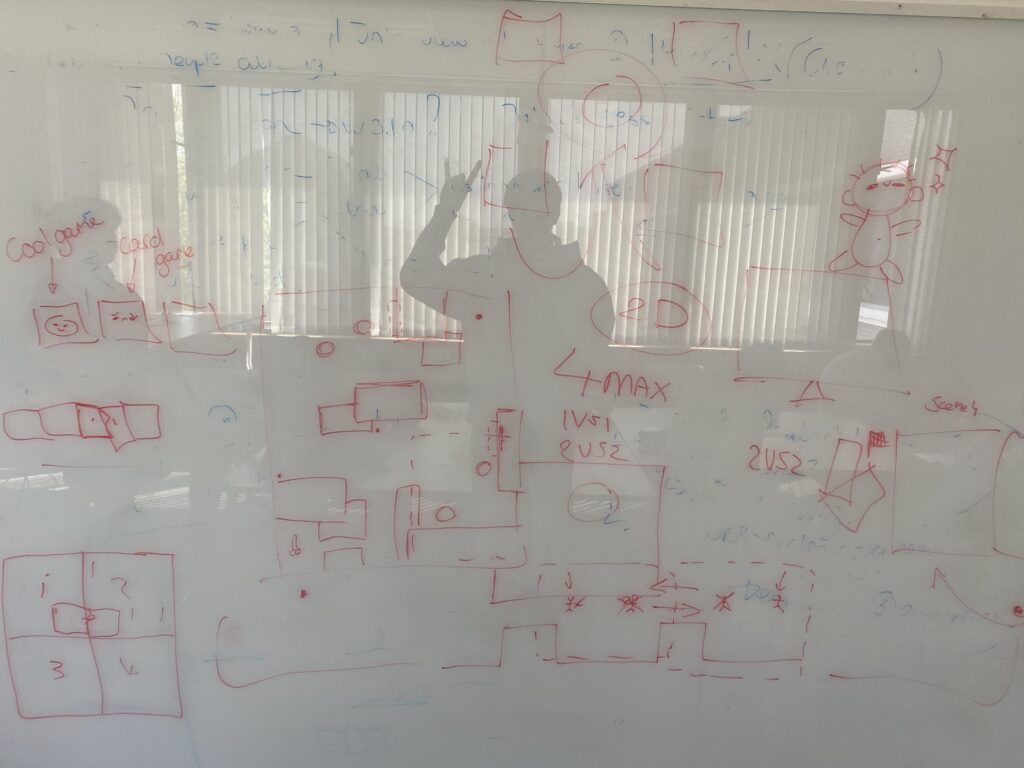
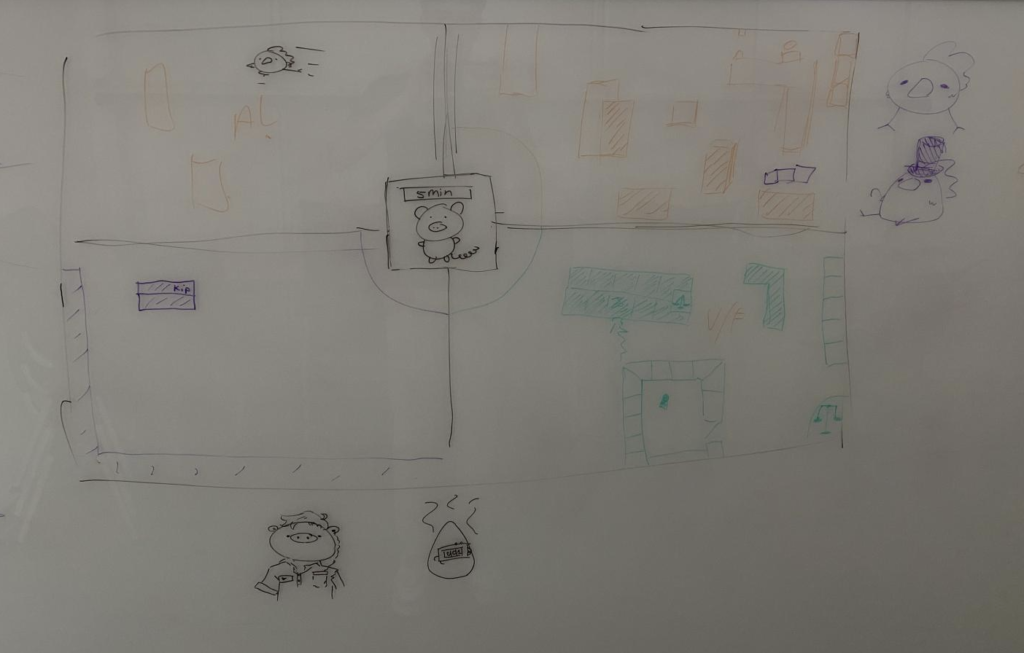
Our first brainstorm session
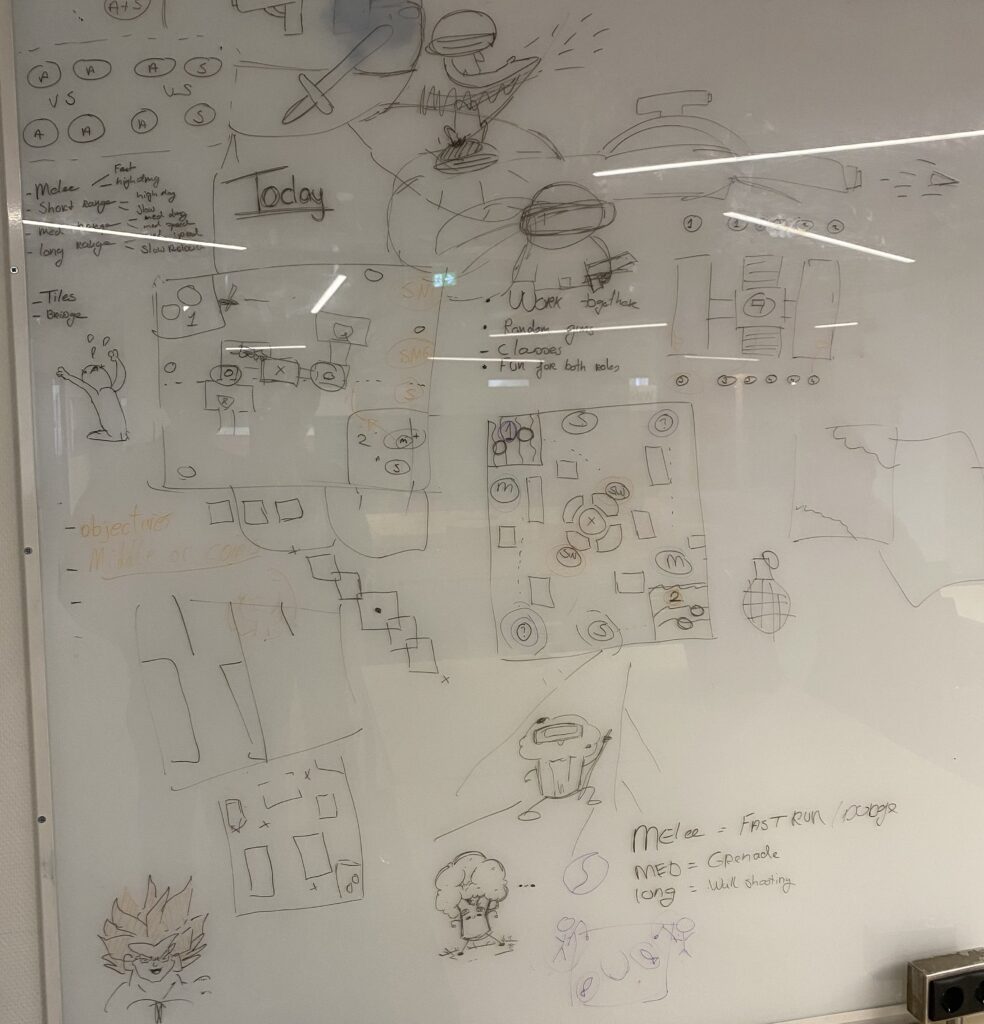
The powerup design
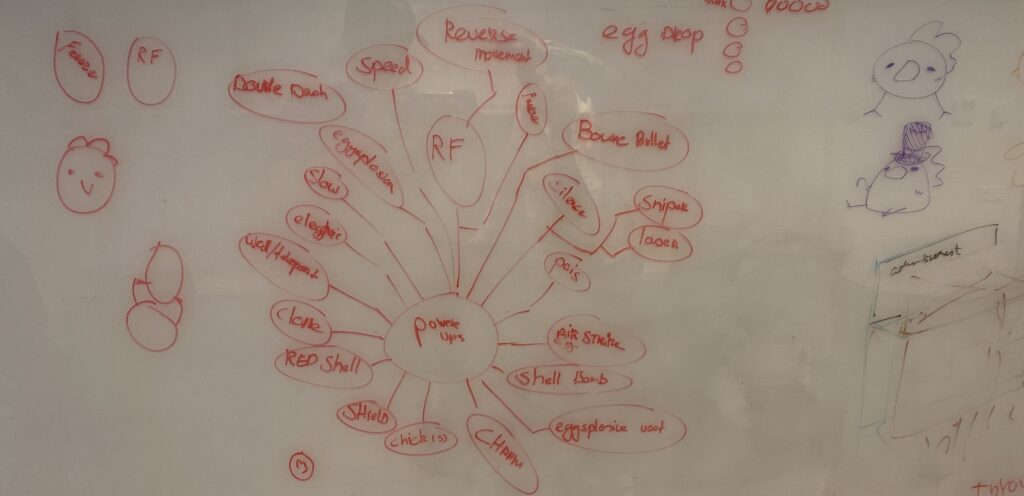

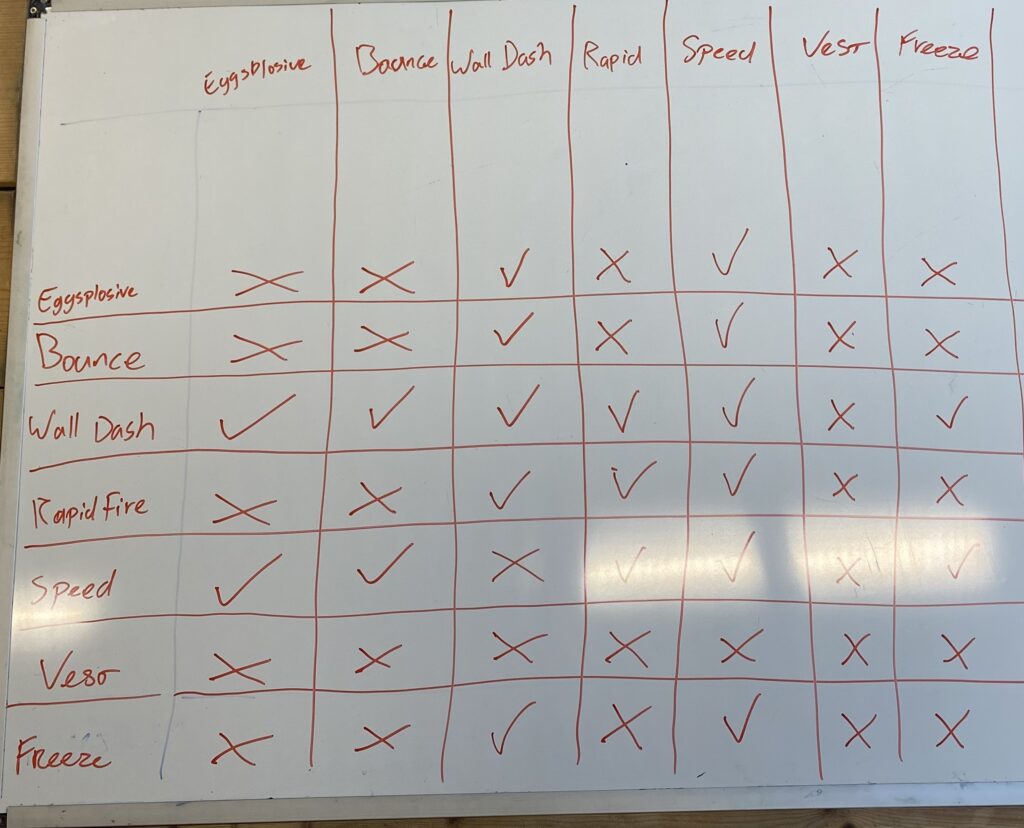
These sketches and brainstorming documentation eventually led us to the first real prototype of which I, unfortunately, do not have footage.
I do have a before and after for the level I worked on


I also worked on the user experience which was not my best work but I have made major improvements since my first try, at the time I did not have any knowledge of Unity’s new input system which held me back a bit.
Since then I have tested and received feedback which resulted in some big improvements. The majority of the complaints were about bad menu flow or confusing things happening.


- There was no prompt indicating which button the player had to press to join the lobby.
- Also, the players had to navigate upward and click the buttons to raise the number of rounds. As our game is for controller only this was unnecessary and thus I removed it and replaced it with the shoulder buttons.
- I did the same for the ‘return’ button, this no longer has to be navigated to but instead the player can just press the east button on their controller.


- The navigation felt confusing and too responsive. To fix this I limited the navigation to the three main buttons on the left.
- I then opted to add button prompts and check for those inputs which would in turn invoke the button events instead.


- This screen was visible between rounds to show the current score. However, a lot of times the players clicked the quit button which instantly took them back to the main menu forfeiting their progress up to that point. This was really frustrating.
- I added button prompts and removed navigation, instead the player can continue with the usual south button (X) and can return with the usual return input (O).
- After clicking the east button there now is an extra prompt asking you to confirm to leave the game. For the protection of the player’s current progress.
After making these additions along with several others, I felt it was time to get this game up on an actual storefront so more people will get to play it.
I then set up a team meeting and the game has since been released on Steam! Check out the trailer below.





